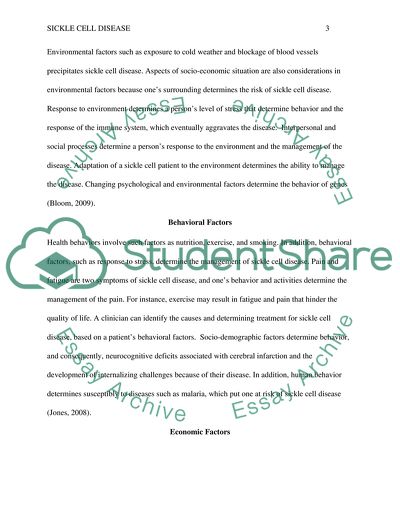Sickle Cell disease Essay Example | Topics and Well Written Essays - 500 words. https://studentshare.org/medical-science/1875066-sickle-cell-disease
Sickle Cell Disease Essay Example | Topics and Well Written Essays - 500 Words. https://studentshare.org/medical-science/1875066-sickle-cell-disease.


